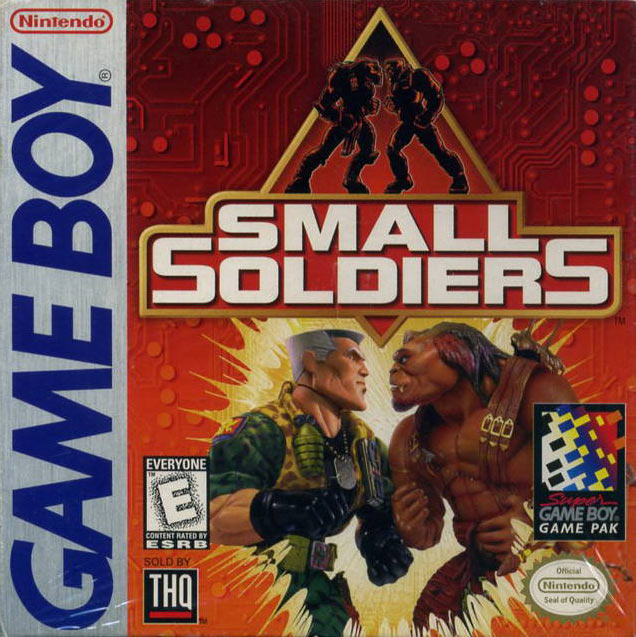

What also had to come together in the line-up of creative decisions after the initial talks was the game’s visual presentation. To be prepared for the development side of all this and make the first steps towards a prototype, I plunged into Unity and tried to determine how much general coding expertise I could transfer over to C#, a language I had heard a lot about but never wrote a single line of.

Even if Rebirth failed on that day to be a compelling horror experience to play together in a voice call at night, credit can still be passed along to Frictional as sources of inspiration, having previously created SOMA as their official 2015 return to self-developed horror titles ever since the original Amnesia: The Dark Descent in 2010, all of which are excellent inspirations to what makes modern horror. It was a philosophical concept first that was sculpted more and more into something game-mechanical, something with a setting and a mode of exploration. Me and a good friend of mine were in an evening session playing Amnesia: Rebirth by Swedish studio Frictional Games, then completely stuck on a weirdly designed puzzle in what seemed like a spacious underground ritual chamber, idly hopping around from pedestal to pedestal and becoming progressively distracted by this new thing.

This has all been kicked off by a new interactive project that began with an initial idea spark towards the start of pandemic+1, the year of 2021. I’ve recently started getting into Unity, a popular game engine widely used across the ever-expanding landscape of independent game development.


 0 kommentar(er)
0 kommentar(er)
